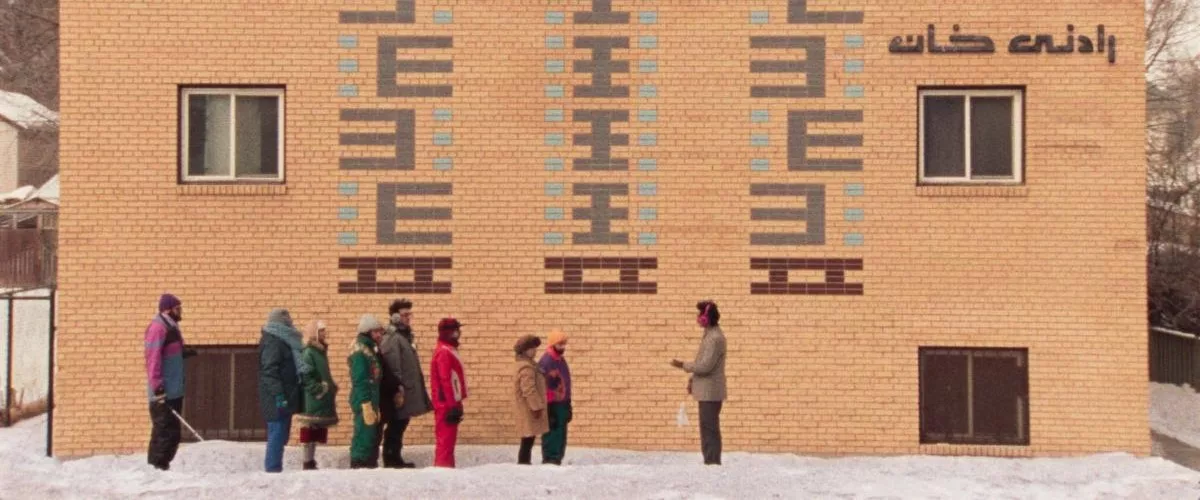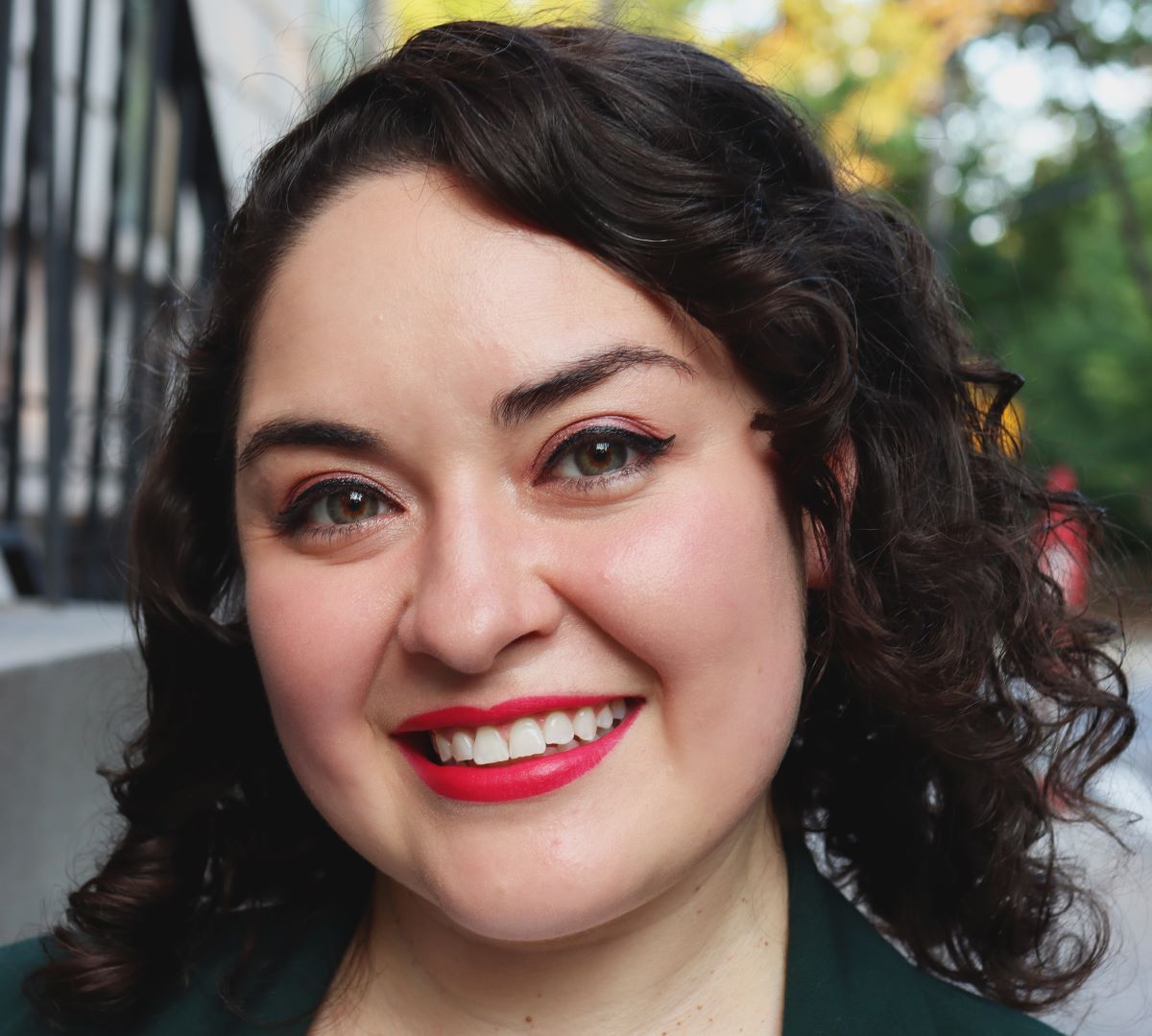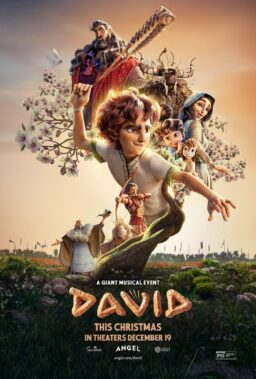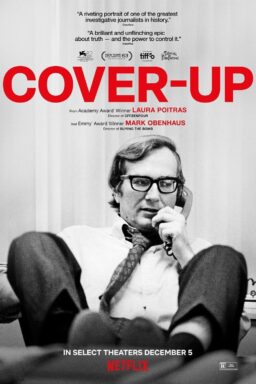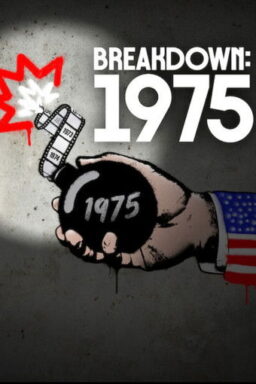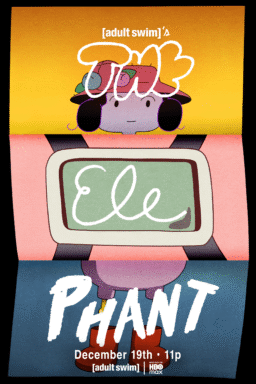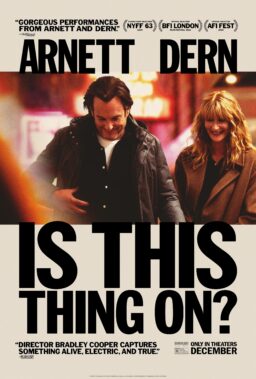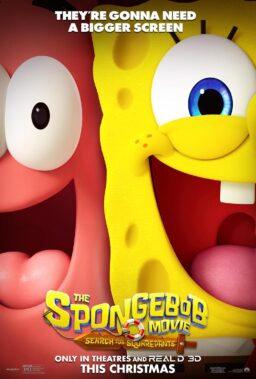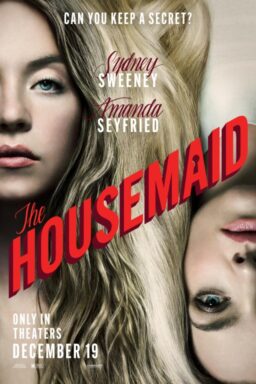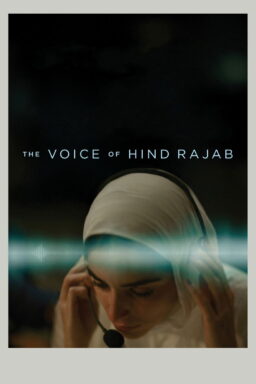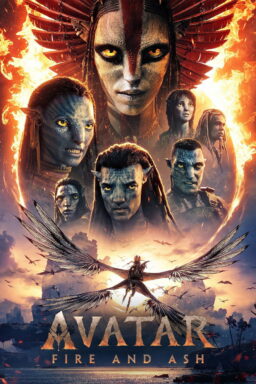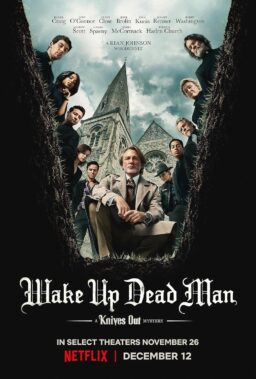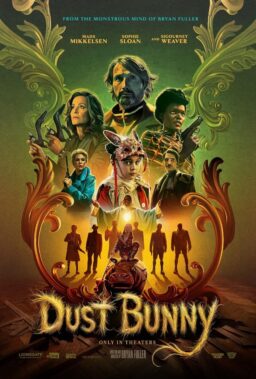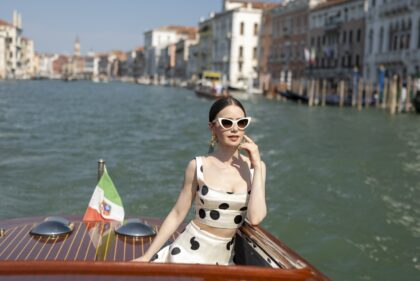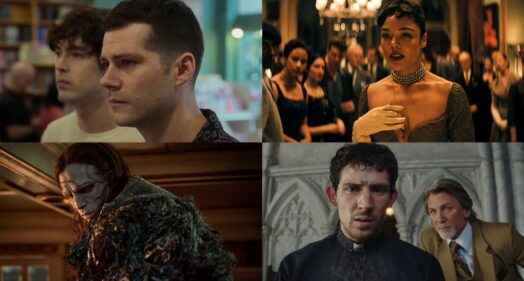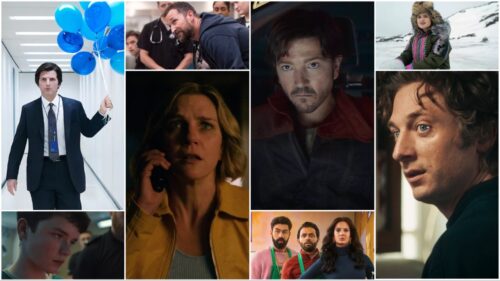In Matthew Rankin’s genre-defying film “Universal Language,” a trio of stories takes us to a world between Tehran and Winnipeg. Although the geographic references point to this being Canada, the language spoken is mostly Farsi. Still, the film’s off-beat style and narrative feel like a throwback to the films of the Iranian New Wave and those that followed in the ‘80s and ’90s. In one tale, a pair of sisters find a large bill frozen in the ice and set off on a quest to retrieve it to pay for their classmate’s glasses. In another story, a disgruntled tour guide leads a group of disinterested tourists through the banal sights of the movie’s vision of Winnipeg, an appropriately grey and beige landscape tied together by endless snow. Finally, Rankin steps in front of his camera to play a character named Matthew, who travels home to see his mother, whose memory has started to fade.
These apparently disparate stories often cross paths in surprising ways, but nothing in “Universal Language” feels remotely predictable. It is a world that’s familiar and strange to us, welcoming but odd, funny, and tender. As with his previous film, “The Twentieth Century,” Rankin freely blends styles, history, and culture into a pastiche unlike few others we’ve seen before. You’ll never quite figure out where he’s going next because his movies are so different from the norm. Despite some similarities and absurdist moments, “Universal Language” is a departure from the frenetic expressionism utilized in “The Twentieth Century.” The visual tone of “Universal Language” is much more subdued, often poetic, with long-distance static shots that engulf the characters in this drab universe, sticking close to the reigned-in color palette of bland buildings and crisp white snow, with most of the pops of colors coming from children’s coats or the teal-tiled turkey store. The movie flows from one story to the next with gentle ease, slowly erasing the boundaries between the characters until the climax. Despite this strange new realm Rankin created, there’s a sense of realism in the film–of actors who don’t look like they’re acting and emotional arcs that would likely feel relatable to most audiences–that channel the spirit of Iranian films like the earnest childhood quest of “Where is the Friend’s House?” in the sisters’ journey to help their classmate or the back-and-forth conversational nature and sparse scenery of “A Taste of Cherry.”
Despite its subdued nature, “Universal Language” is rife with jokes and visual humor, including a fake ’80s-style commercial selling turkeys, a cemetery by the highway teeming with trucking horns and speeding cars, an Iranian reimagining of Tim Hortons, and watching the tour guide Massoud (Pirouz Nemati) lead his group through an abandoned mall as if it were a sacred heritage site while wearing a grey suit with a pair of hot pink earmuffs. Co-written by Rankin, Nemati, and Ila Firouzabadi, “Universal Language” is delightfully absurdist, with little moments in each story that both make sense yet defy expectations. For example, on the bus Matthew takes to get back to Winnipeg to see his mother, he shares it with a woman who protests that her seatmate is a prized turkey, citing the suffering she has endured in life–her son died in a marshmallow-eating contest, and her husband was killed by a swarm of wasps–as reasons she should not be forced to tolerate the turkey. “Universal Language” is filled with these odd characters, coloring in the strange world with their 80s ski outfits, non sequiturs, and random conversations–but isn’t this much like our own worlds here at home?
Rankin and cinematographer Isabelle Stachtchenko pay careful attention to each scene’s composition, creating the world of “Universal Language” shot by shot. Some of their scenes play out at a distance, filming characters through the concrete arches or in the shadow of an outsized building. One discussion between two men is made even more intense by a third man crying in a cubicle as the camera cuts to either side of the room of a dreary office, a greenish grey from fluorescent lighting. When setting up the schoolroom scene, it’s shot like the outside of a dollhouse as they begin outside from afar, capturing the teacher running up the stairs and scolding his students in his class as one late pupil rushes in after him. When the story calls for it, Rankin and Stachtchenko also move their camera in to capture the subtle reactions of their actors, such as when the younger sister rolls her eyes at being asked what she wants to be when she grows up for the second time in one day. Their stunning use of Super 16 film not only gives “Universal Language” an authentic feel out of the past but also makes the beige and greys of the film feel more striking against the white snow banks, shadows look deeper, and the film’s colors appear even richer.
“Universal Language” is both culturally specific to Winnipeg and Tehran but, true to its title, quite universal in the emotional undercurrent of its triptych. We feel for the girls trying to do the right thing for a friend, the neighbor looking after Matthew’s mom, and even Matthew’s journey home, only to be confronted by his mother’s ailing health. Although visually static, the movie is narratively dynamic, moving the mood from somber to hilarious within seconds as another strange sight throws viewers for a loop. A certain sense of fluidity moves between the film’s use of tones, cultures, and genres, all “In the name of Friendship,” as the movie declares in its opening moments. In Rankin’s film, whatever absurdity catches your eye, like a walking tinsel-filled Christmas tree or face-swapped characters, it looks and feels like it fits right into his strange new world, and it’s one that I hope to visit again soon.
In theaters now.

